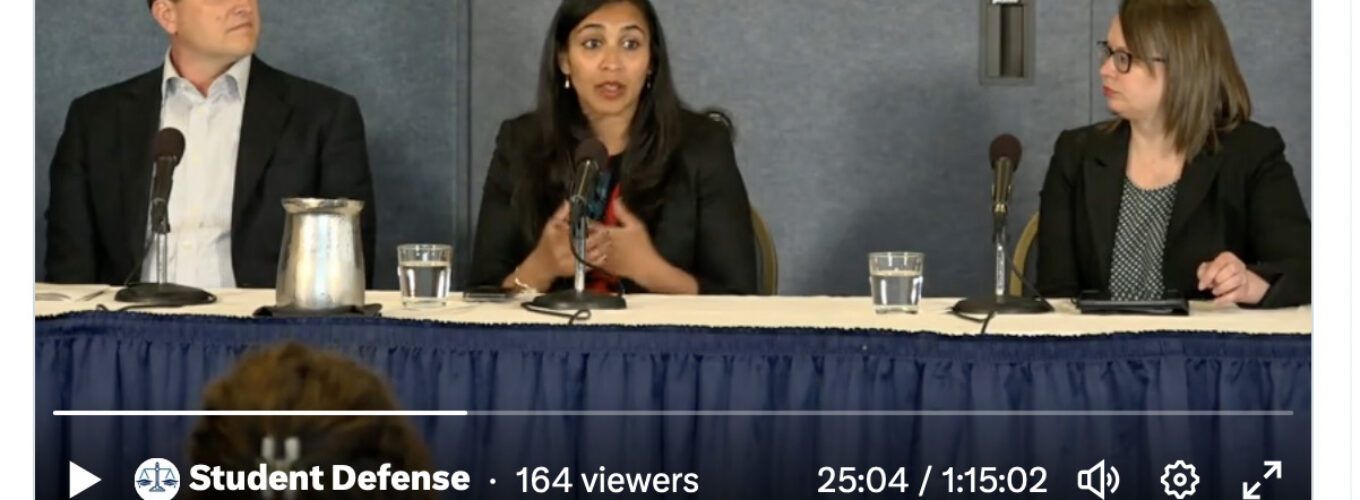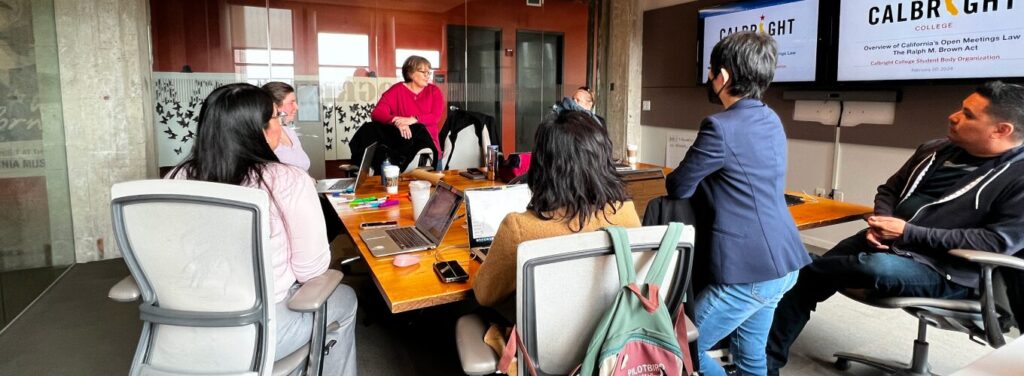“Students are exceptionally good at telling colleges what they need and what they value,” said Calbright President Ajita Talwalker Menon. “To be a student-centered institution, it’s critical we rise to their needs and meet students where they are to nurture their success.”
That’s the message Menon, who previously served in the Department of Education and as Higher Education Advisor to President Obama, brought to a panel discussion at the National Press Club in May, titled “OPM Outlook: The Next Frontier in Higher Ed Accountability and Oversight.”
“OPM” stands for “Online Program Managers,” and refers to outside companies that established universities may hire to run an online program. The challenge for some of these partnerships is that they can lack transparency and students may not be aware of what they are signing up for.
The panel, organized by The National Student Legal Defense Network, was hosted by Michael Stratford, of Politico. In addition to Menon, the panel featured Clare McCann of Arnold Ventures, and Jonathan Fansmith of the American Council on Education.
“(OPMs are) a debate that has been simmering under the surface for a long time,” Stratford said in his introduction. “People might not know they’re attending a program that’s operated by an Online Program Management company,” and the federal regulations for such companies are different.
“Realistically, OPMs are vendors that colleges and universities outsource services to,” Fansmith said. “There has been a heavier emphasis on outsourcing … and there are concerns about transparency.”
Menon agreed. “Often we see these things make the headlines because something has gone really wrong, and the institution that handles these processes lacking accountability and oversight for their vendors.” Meanwhile “it is increasingly difficult and complex for institutions to have visibility into what is actually happening to students in their programs.”
Higher education institutions need to have a clear sense of why they’re making technology decisions, and understand the impact it’s having on students, and how those impacts can be continuously re-examined, she said.
Watch the whole panel here.
OPM Outlook: The Next Frontier in Higher Ed Accountability and Oversight https://t.co/EAFNXeY4t6
— Student Defense (@studentlegalnet) May 5, 2023



